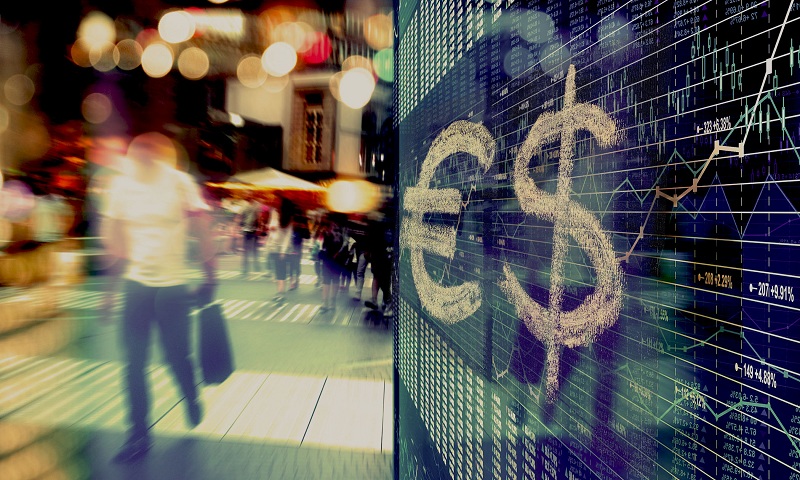Three spillovers from FED and ECB’s tightening cycle
ECB tightening has the same global spillovers as Fed tightening. There are three points that we should note in this regard.

The scope for hawkish policy surprises could be greater in the euro zone than the US and that could help push euro/dollar towards our longer-term target of 1.30-plus.
The financial markets seem to be assuming that the Fed will start tapering its bond purchases later this year or early in 2022. That puts it behind a number of central banks that have already started, like the Bank of Canada, and others that have started to lift policy rates. The ECB might seem to be at the back of the queue but it should start to taper from next April; possibly only a few months after the Fed. What’s more, the scope for hawkish policy surprises could be greater in the euro zone than the US and that could help push euro/dollar towards our longer-term target of 1.30-plus.
All the focus is on Fed tapering and that’s understandable as Fed policy has the biggest global spillover effects. Unanticipated US monetary tightening lifts longer-term rates, damages equities and boosts the dollar. This is why the Fed is seen as the driver of the global financial cycle and why it is so keen to smooth the path to tighter policy as much as it can. However, this does not mean that other central banks are impotent when it comes to influencing global financial conditions.
A recent report suggested that ECB tightening has pretty much the same global effects as Fed tightening; they are just weaker given the smaller role the euro has in things like global reserves, trade invoicing, international debt denomination and more. There are three points that we need to note about this issue that euro bulls have little to fear from Fed tightening.
The first is that the cited research relates to ‘unanticipated’ policy changes. When changes are anticipated, the market reacts far less. Of course, positioning in the market matters as well as we’re more likely to see an adverse reaction in equities to an anticipated or unanticipated rate hike when investors are heavily overweight. But leaving this aside, it seems to us that the greater scope right now is for hawkish policy surprises on the ECB side, not the Fed. This is partly because the Fed has to be so careful in not causing surprises, but also because US data are starting to underwhelm as the rise of the Delta variant of coronavirus causes more problems than in the euro zone, where data trends seem to be stronger. And if, as seems to be the case, the ECB flies under the radar a bit, relative to the Fed, these divergent trends could produce not just a surprise from the ECB, but one that’s much more likely to move markets; lifting euro/dollar for instance.
A second point is that the aforementioned research notes one key difference between the spillover from Fed tightening compared to that from the ECB. It is that surprise US rate hikes tend to lift euro zone rates, but ECB hikes do not tend to lift US rates. A corollary of this is that US/Euro zone rate differentials react less when the Fed hikes than when the ECB hikes and that should help to limit the damage to the euro when the Fed hikes. Of course, ECB rate hikes seem very far away compared to the Fed but the same logic applies to other tightening measures such as tapering.
The third thing is that the Fed has made significant strides in easing dollar-shortage problems that can arise when adverse shocks hit, one of which could be a surprise tightening of US monetary policy. Basis spreads, for instance, which often move violently in a crisis as the cost of securing dollars in the FX market increase, did not do so during the pandemic. We can’t say for sure that this helps the rest of the world – including the euro for instance – from succumbing when bad things happen, like US rate hikes, but the chances of an adverse reaction have come down relative to the pre-Covid period and certainly the pre-global financial crisis period. The ECB too provides international euro liquidity, but it’s really the Fed that counts in this regard given the international dominance of the currency.








